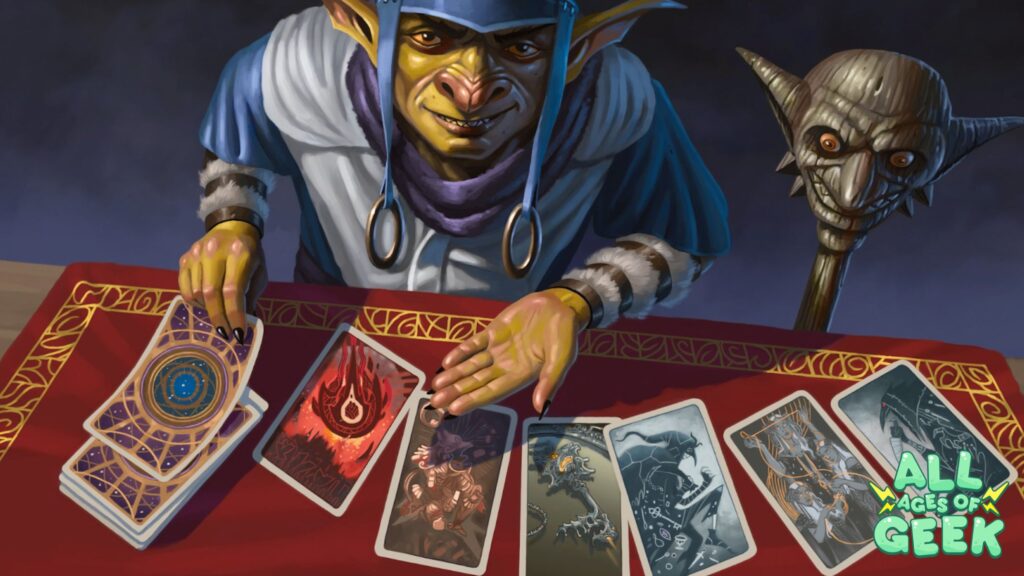Ah, Dungeons & Dragons, the playground of imagination. Where one minute you’re sipping mead in a cozy tavern and the next you’re battling a 10-headed hydra with nothing but your wits and a rusty dagger. It’s a universe often confined to polyhedral dice, well-worn rulebooks, and the limitless expanse of our imagination. But what happens when elements of that realm are catapulted from the virtual space of your D&D table into cold, hard, three-dimensional reality?
Gather ’round, ye knights of geekdom; let’s dissect the recent Deck of Many Things calamity as a case study in navigating the treacherous waters of product adaptation.
Expectation vs. Reality
We’ve all heard the tales of video games being adapted into cringe-worthy movies. But adapting in-game items into physical products? That’s a different, albeit equally slippery, kraken to wrestle with. Take the recent case of Wizards of the Coast and their infamous Deck of Many Things. It’s an artifact of power and peril, a thing of legend since 1975, whose cards can either bestow incredible fortune or doom a player to insufferable fates. Sounds like a great item to bring into the real world, right? Well, not so fast.
The Woes of Materialization
Wizards of the Coast recently pulled the brakes on their physical Deck of Many Things release, citing quality issues. They discovered the product didn’t meet their “manufacturing standards.” As a result, eager fans were left with deck-less hands and a heap of disappointment. It’s a sobering reminder that while the digital world may be boundless, the physical world is fraught with limitations like production cost, quality control, and, oh, the laws of physics.
How Wizards Navigates The Storm
Wizards has been at the helm of D&D since, well, forever. And if anyone can navigate this mess, it’s them. The company was quick to acknowledge the problem, transparent about their reasons, and committed to resolving the issue. A hard turn to steer, but an essential one if they want to maintain the trust of their fanbase.
Lessons To Be Learned
If there’s a silver lining to this debacle, it’s the lessons that can be learned. For one, fan expectations are as high as a nat 20 roll. Second, the process of manifesting digital or conceptual elements into a physical product is one that should be met with caution, rigorous testing, and perhaps a divination spell or two.
The Quest Continues
While the Deck of Many Things may have stumbled on its journey from concept to coffee table, it serves as an important case study for companies looking to bridge the gap between the virtual and the real. It’s a quest fraught with perils, but for those who succeed? Well, that’s how legends are born.
For those wanting to get their geek on a little more, journey on over to All Ages of Geek on Patreon. Here you’ll find more articles and discussions on all things D&D and geek culture. It’s like drawing the Sun card in your own Deck of Many Things, just without the risk of summoning a Void card. Enjoy!










